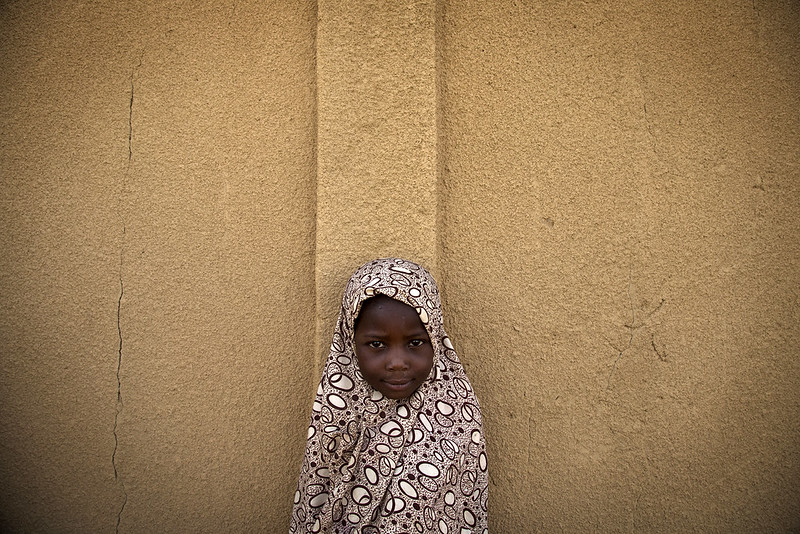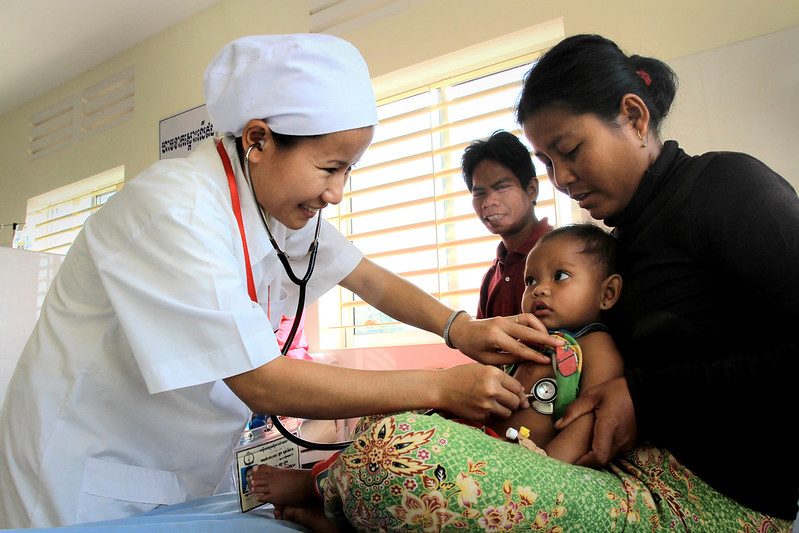 Cambodia, a Southeast Asian nation with a population of approximately 16.8 million people, has achieved significant progress in controlling HIV infection rates since the peak of the epidemic in 1996. In 2022, the Joint United Nations Programme on HIV/AIDS (UNAIDS) reported that public health interventions had achieved a 91% reduction in HIV infection rates across the population. Specifically, the estimated number of infections dropped to 1,400 from 15,000 in the past three decades.
Cambodia, a Southeast Asian nation with a population of approximately 16.8 million people, has achieved significant progress in controlling HIV infection rates since the peak of the epidemic in 1996. In 2022, the Joint United Nations Programme on HIV/AIDS (UNAIDS) reported that public health interventions had achieved a 91% reduction in HIV infection rates across the population. Specifically, the estimated number of infections dropped to 1,400 from 15,000 in the past three decades.
Correlation Between HDI and the Rate of HIV Incidence
According to a study into the correlation between the Human Development Index (HDI) and the rate of HIV incidence, populations with a higher average socioeconomic strength are more likely to avoid outbreaks of HIV infections. For Cambodia, the country’s HDI has doubled since the ’90s, currently at 0.600 (148th worldwide), supporting the conclusions found in the study.
Ultimately, to satisfy the conditions of the UNAIDS 95-95-95 HIV prevention scheme by the end of the decade, support for the most vulnerable has to be further reassured. These key populations include pregnant mothers, sex workers, people injecting and children living with HIV in impoverished communities. Integrated in 2023, the National Social Assistance Fund (NSAF) envelops efforts to support impoverished individuals living with HIV/AIDS in Cambodia.
Covering Medical Costs for Vulnerable Families
In 2023, Hun Manet’s newly elected government launched the NSAF to centralize health care planning, targeting protection toward the more economically vulnerable across all provinces of Cambodia. Broadly, the fund provides crucial health care benefits for older adults, retired civil servants and those living in impoverished communities.
The social safety nets this fund provides include insurance or cash transfers to cover existing medical costs. While health care is not guaranteed as a dedicated right, it is subsidized based on the approval of a government grant through an application process. This safety net is HIV-sensitive, meaning that individuals living with HIV receive prioritized access. Statistics dating back from 2019 show that beneficiaries of the insurance support amounted to nearly 350,000 pregnant women and children aged less than 2. Recipients of the cash bank transfer scheme were approximately 17,000 impoverished or disabled people.
Tia Phalla, Deputy Director of the National AIDS Authority in Cambodia, argues that people living with HIV can benefit more from financial coverage. She states that nutritional and wage support are as integral as medicinal support and both are offered effectively with economic aid.
Seeking Treatment Anonymously
The new government has nevertheless outlined a new priority to provide upward of 450,000 vulnerable families with health care cards to offer them complete health services coverage. As of December 2023, 13,600 people living with HIV have registered for health care coverage schemes using IDPoor, a smartphone application that alerts HIV treatment centers when a family member is living with the virus. By notifying health care professionals of their status, registrants become eligible for an Equity Card.
This card provides a straightforward and universal way to share their HIV status with treatment centers and other officials. A significant obstacle during the HIV crisis has been the stigmatization of the virus by some uninformed members of the public. The IDPoor registration addresses this issue by offering anonymity to people living with HIV seeking treatment, as their status is revealed through the platform without disclosing their identity publicly.
Final Thoughts
UNAIDS and nonprofit organizations combating HIV/AIDS in Cambodia highlight that an effective health care strategy to counteract increasing HIV infection rates needs to include the following:
- Fair and inexpensive access to antiretroviral medication.
- Anonymous services to access treatment and information.
- A viable social safety net to financially support those unable to work due to illness.
Continued efforts in these areas will be essential for maintaining the progress made and ensuring Cambodia’s HIV/AIDS protection strategy is effective. By prioritizing vulnerable populations and strengthening health care infrastructures, Cambodia can move closer to achieving the UNAIDS 95-95-95 targets and eventually eradicating HIV/AIDS in Cambodia.
– Ramiro Ruiz Martinez
Ramiro is based in Edinburgh, Scotland and focuses on Technology and Global Health for The Borgen Project.
Photo: Flickr
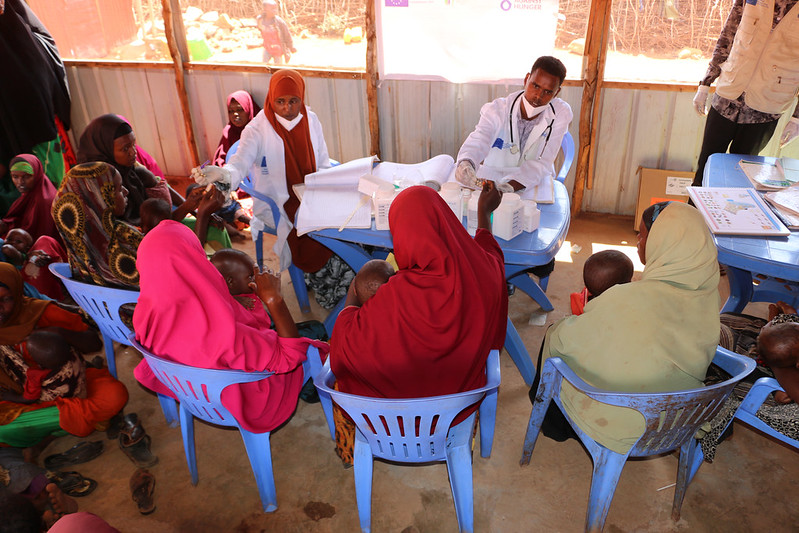
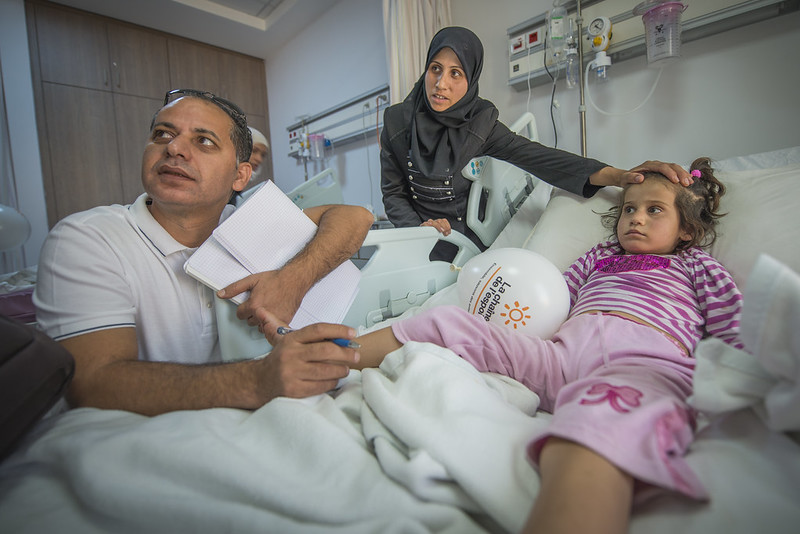 Poor health is one of the leading causes of poverty and one of the main barriers to escaping poverty. Poverty can also cause or increase the likelihood of an individual having poor health. Given this symbiotic relationship between poverty and health one of the most effective things a government can do to attempt to reduce it is to provide effective universal public health care.
Poor health is one of the leading causes of poverty and one of the main barriers to escaping poverty. Poverty can also cause or increase the likelihood of an individual having poor health. Given this symbiotic relationship between poverty and health one of the most effective things a government can do to attempt to reduce it is to provide effective universal public health care.
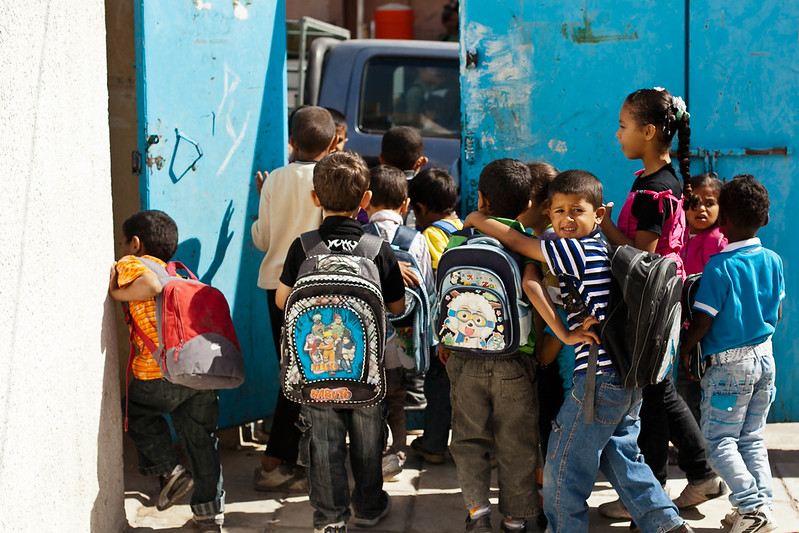
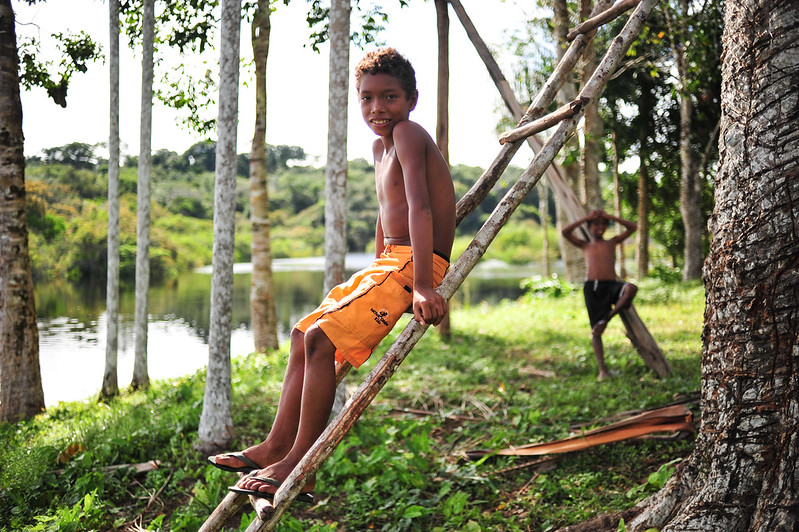
 The world is becoming much more aware of mental health issues. Countries all over the world are looking for solutions to mental health issues. However, poorer countries are working at a disadvantage. Ethiopia has been able to overcome this disadvantage and improve its
The world is becoming much more aware of mental health issues. Countries all over the world are looking for solutions to mental health issues. However, poorer countries are working at a disadvantage. Ethiopia has been able to overcome this disadvantage and improve its 